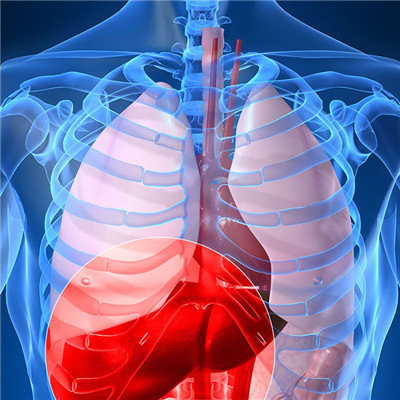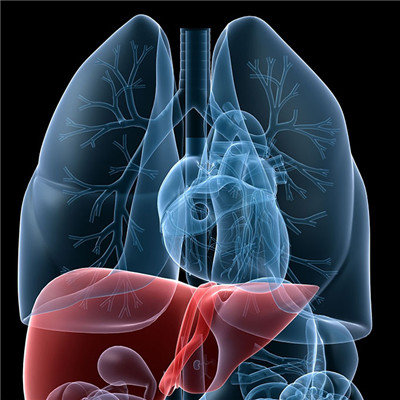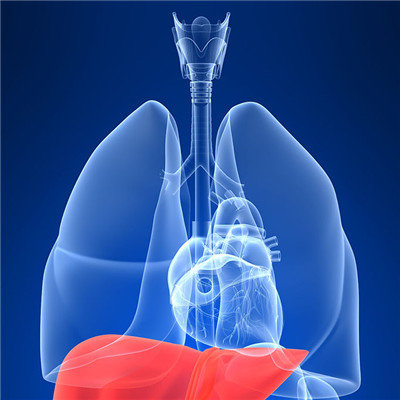How is liver cancer rupture haemorrhage to return a responsibility?
summary
Rupture and bleeding can be fatal in patients with liver cancer. The mortality of liver disease is very high, especially the rupture and bleeding of primary liver cancer, which is a serious and fatal common complication of liver cancer patients, and also one of the main causes of death of liver cancer patients. How is liver cancer rupture haemorrhage to return a responsibility? Let's study and discuss with you.
How is liver cancer rupture haemorrhage to return a responsibility?
1. During the growth of liver cancer, the pressure in the tumor is high due to the expansion growth. At the same time, due to the rapid growth of the tumor, the blood supply is relatively insufficient, resulting in ischemia and hypoxia, necrosis and liquefaction in the center of the tumor, corrosion of blood vessels. On the basis of tumor congestion, high internal pressure and necrosis, and the increase of intra-abdominal pressure such as deep breathing, turning over, shaking, severe cough, forced defecation or physical examination, The pressure inside the tumor broke through the capsule around the tumor or ruptured the normal weak liver tissue, resulting in massive intraperitoneal hemorrhage.

2. The peripheral blood supply of liver tumor in cirrhotic portal hypertension is venous system, and the portal vein is connected with hepatic vein by communicating branch. When the pressure of the portal vein increases, the pressure in the artery and vein also increases, which makes the wall of the blood vessel gradually thinner and eventually leads to rupture and bleeding. Patients with rupture and hemorrhage of liver cancer often have cirrhosis, and the complication rate is more than 90%, which is higher than that of patients without rupture and hemorrhage of liver cancer.

3. Infection after tumor necrosis and liquefaction, tumor growth, erosion and destruction of blood vessels are also important factors for rupture and hemorrhage of liver cancer. Liver cancer is often accompanied by cirrhosis, liver function damage and abnormal coagulation mechanism, which is one of the causes of rupture and bleeding of liver cancer.

matters needing attention
1. Emergency treatment of patients with small amount of bleeding. Patients with massive bleeding and hemorrhagic peripheral circulation failure should be closely monitored in time for their blood pressure, pulse, respiration, heart rate and consciousness, and given anti shock treatment. 2. The patients with small blood volume bleeding can only be supplemented with crystalloid fluid. The patients with large blood volume and hemorrhagic peripheral circulation failure should be given fresh blood transfusion or component blood transfusion in time.
















